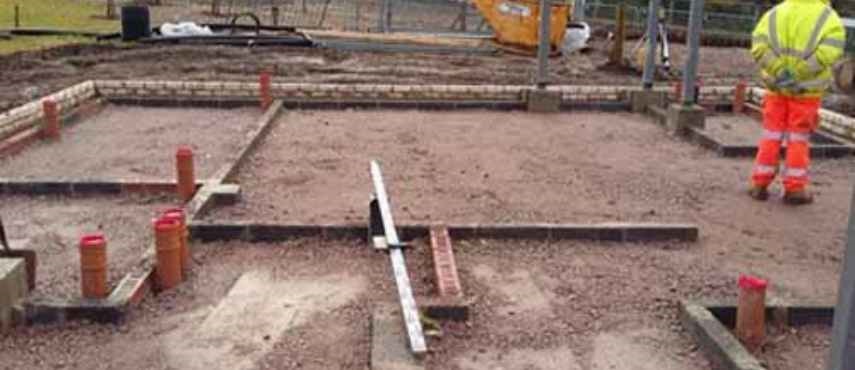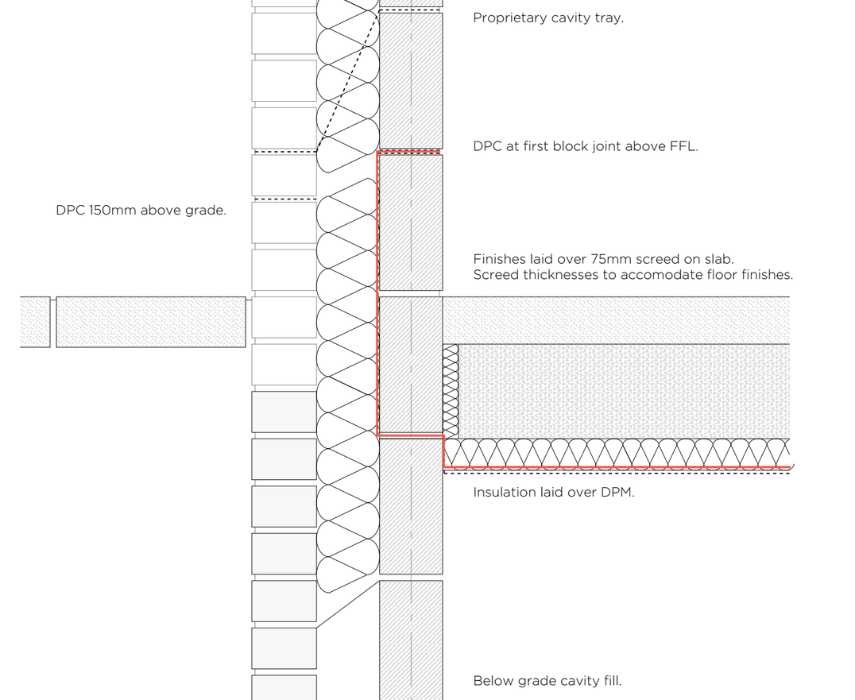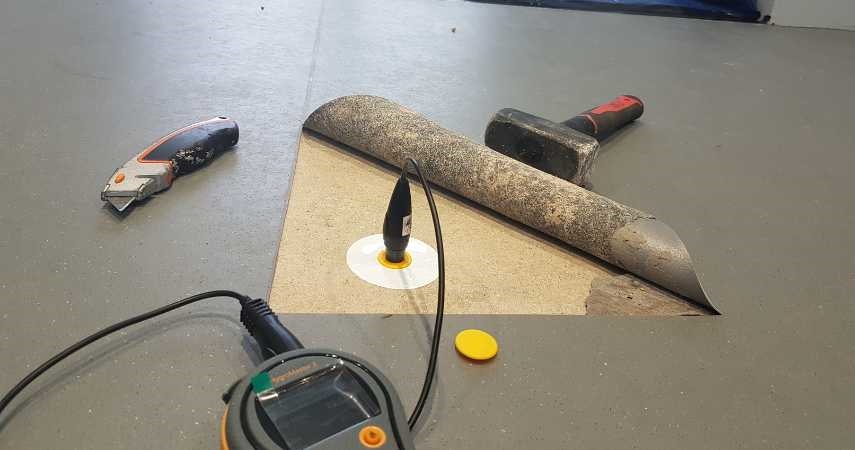Navigating Ground Floor Waterproofing: A Critical Perspective
This article was written by Ben Hickman, Technical Director of CLW. In this article we delve into an increasingly common challenge in UK residential buildings – waterproofing the ground floor. While it might seem straightforward, the nuances of this task reveal significant implications for structural integrity and design.
The evolving landscape of ground floor waterproofing
As many surveyors and those in the construction industry will know, traditionally, buildings were constructed with a step up into the structure.


However, modern designs often feature the building set down, aligning the finished floor level with the external ground level.

This shift, while subtle, introduces new risks including: surface water flood events leading to water running over thresholds into the home, greater risk associated with rainwater splashback and risk of groundwater entry into the floor build up.
Case study: A real-world example
To help demonstrate the issue, I thought it would be useful to draw in a real world example. The following image shows a changing room construction on a field in Cambridgeshire.

The following section details show that the finished floor level is at the same height as the external ground level. Also, the designed floor build up shows the Damp Proof Membrane (DPM) under the insulation some 250mm below finished floor level.

This detail was present at entrances in order to comply with Building Regulations Part M, but it was also present around the full perimeter of the building. Furthermore, the hydrogeology meant that the ground was fairly saturated. As a result, water was coming to bear against the DPM.

Because the DPM is not waterproof (due to defects in the membrane, lack of seals at joints etc.) water entered into the floor build up resulting in a saturated screed and damage to floor finishes.

The invisible risk: Moisture and structural integrity
What this highlights is when the external and internal levels match, waterproofing must be a design consideration. Typically, this sort of detail is the prevue of the architect who adopts typical details using a DPM without consideration given to hydrogeology and structural waterproofing. Overlooking waterproofing design considerations leaves many residential properties at risk of water ingress.
Conclusion
So, what does this now mean? Is it now necessary for a waterproofing specialist to consult on the ground floor damp proofing designs where internal finished floor level is not greater than 150mm above external ground level for the majority of the building’s perimeter?
I am not suggesting in this article that all ground floors need waterproofing. However, the decision to not waterproof ground floors where the building is set down is one which should be taken by a trained and competent specialist.
Your thoughts
We would like to see a wider discussion on this topic and, if warranted, see the industry (likely through the Property Care Association) publish a position. If this is an issue worth of wider consideration, latent defect insurers are likely to introduce more content in their technical manuals and that would see a shift in industry practices.